Manuel Mauky
Accessibility with Web Components
#1about 7 minutes
Understanding web components and their core technologies
Web components offer a framework-agnostic way to build reusable UI with standards like Custom Elements for behavior and Shadow DOM for encapsulation.
#2about 5 minutes
Using ARIA attributes to make web components accessible
Custom elements require manual ARIA attributes to be recognized by assistive technology, but this approach has drawbacks like host manipulation and ID scoping issues.
#3about 4 minutes
Introducing the upcoming Accessibility Object Model (AOM)
The Accessibility Object Model (AOM) provides a JavaScript API to define default accessibility properties without directly modifying the host element's attributes.
#4about 3 minutes
Implementing custom keyboard navigation and focus management
Developers must manually implement keyboard interactions and manage focus flow within components to ensure they are navigable without a mouse.
#5about 5 minutes
Exploring the limitations of extending native HTML elements
Extending native HTML elements to inherit accessibility is an option, but it is severely limited by the lack of Shadow DOM and poor browser support in Safari.
Related jobs
Jobs that call for the skills explored in this talk.
Senior Fullstack Engineer – Angular/.Net (f/m/d)
Apaleo
München, Germany
Remote
€65-85K
Senior
JavaScript
.NET
+2
Matching moments

38:02 MIN
Q&A on framework choice and accessibility
Extending HTML with Web Components
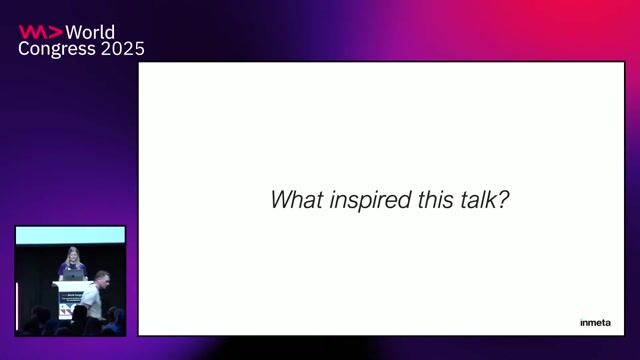
00:58 MIN
Challenges of building custom interactive UI components
Building Interactive Async UI with React 19 and Ariakit

27:59 MIN
Understanding the role and value of web components
Keith Cirkle of GitHub on React Fatigue

37:18 MIN
Q&A on practical accessibility challenges
Preventing Accessibility Issues Instead Of Fixing Them
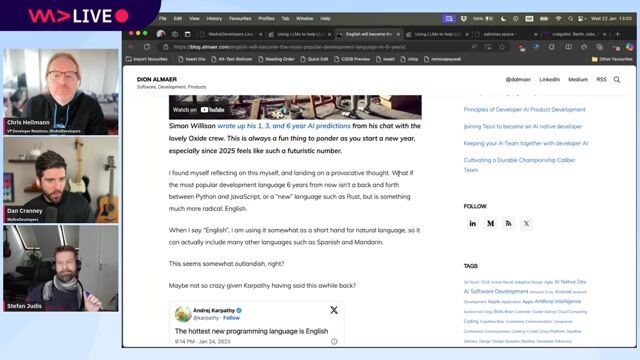
27:17 MIN
The importance of web accessibility as a core developer craft
WAD Live 22/01/2025: Exploring AI, Web Development, and Accessibility in Tech with Stefan Judis
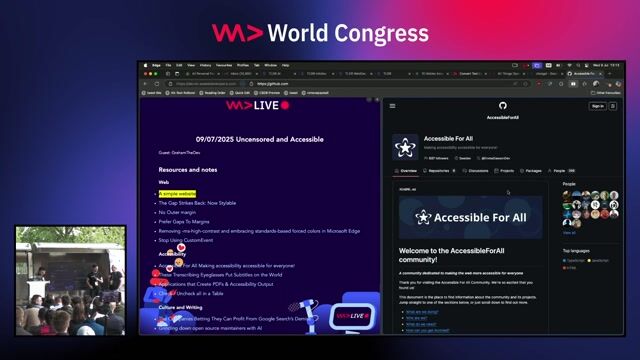
11:36 MIN
The accessibility challenges of canvas-based UIs
WeAreDevelopers LIVE - Is Software Ever Truly Accessible?

06:56 MIN
Integrating accessibility into core developer education
Fireside Chat: Can Regulation Improve Accessibility? - Léonie Watson

04:48 MIN
Introducing accessibility work and the upcoming WCAG 3
WeAreDevelopers LIVE - Accessibility isn't magic, Longevity, Devrel in times of AI and more
Featured Partners
Related Videos
 27:16
27:16Mastering Keyboard Accessibility
Tanja Ulianova
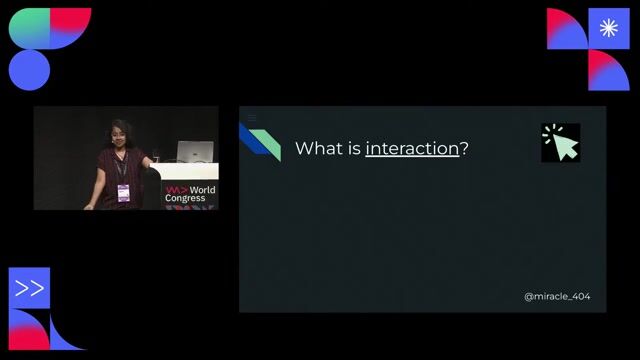 31:38
31:38Making Interactions Accessible to All Users
Anuradha Kumari
 29:59
29:59The What, Why, Who and How of accessibility on the web
Konstantin Tieber
 41:54
41:54Extending HTML with Web Components
Rowdy Rabouw
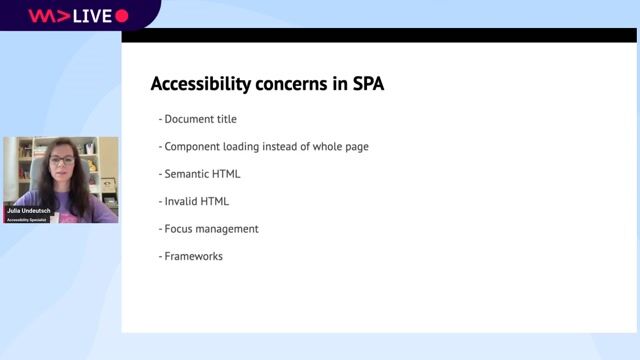 30:07
30:07Accessibility in React Application
Julia Undeutsch
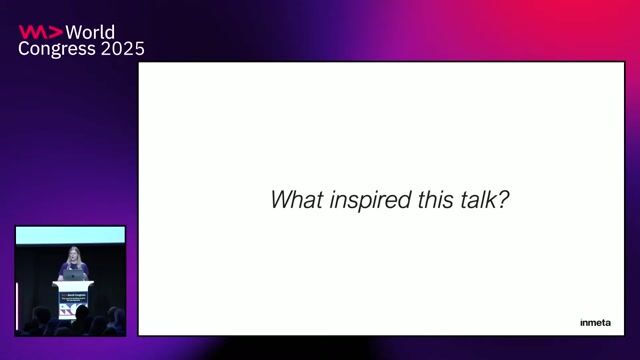 25:22
25:22Building Interactive Async UI with React 19 and Ariakit
Aurora Scharff
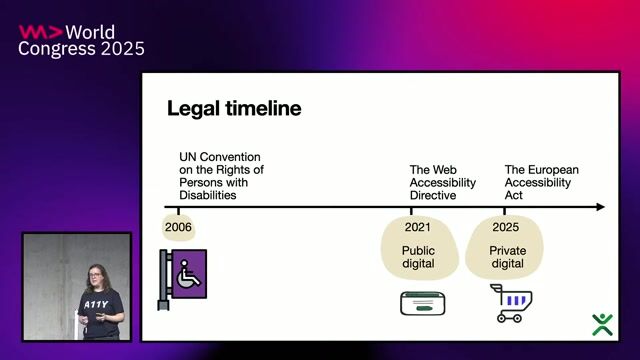 24:30
24:30Oh S***! There's a New Accessibility Law and I'm Not Ready!
Emma Dawson
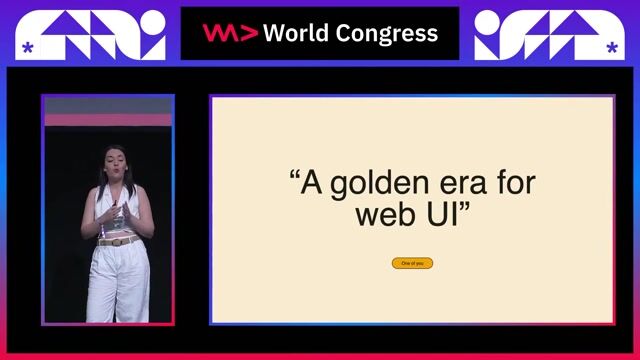 22:46
22:46What’s New and What’s Next in Web UI
Cleyra Uzcategui
Related Articles
View all articles



From learning to earning
Jobs that call for the skills explored in this talk.

Web developer (f/m/d) as parental leave substitution
Agora Think Tanks gGmbH
Berlin, Germany
Intermediate
Senior
PHP
CSS
HTML
JavaScript
TypeScript






Frontend Web Developer - JavaScript | React | Angular | Vue.js | Bootstrap | Tailwind | HTML | CSS
Tech Solutions Gmbh
Berlin, Germany
API
CSS
GIT
HTML
Scrum
+5

Frontend Web Developer - JavaScript | React | Angular | Vue.js | Bootstrap | Tailwind | HTML | CSS
Tech Solutions Gmbh
Brandenburg an der Havel, Germany
API
CSS
GIT
HTML
Scrum
+5
